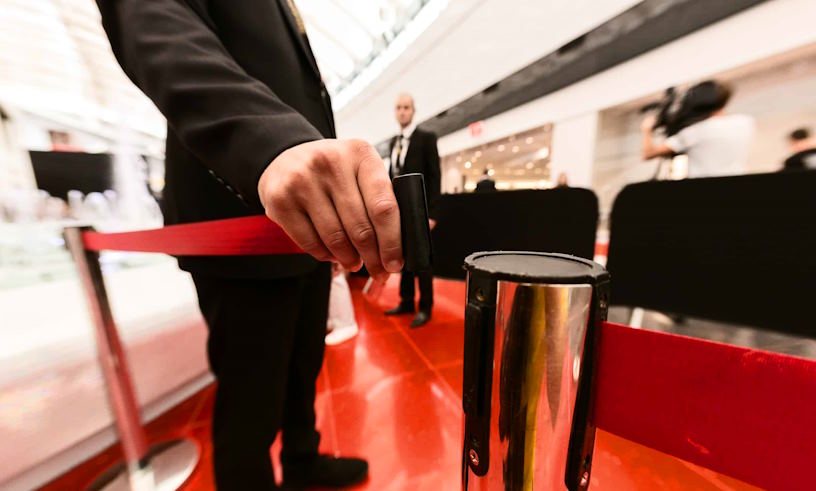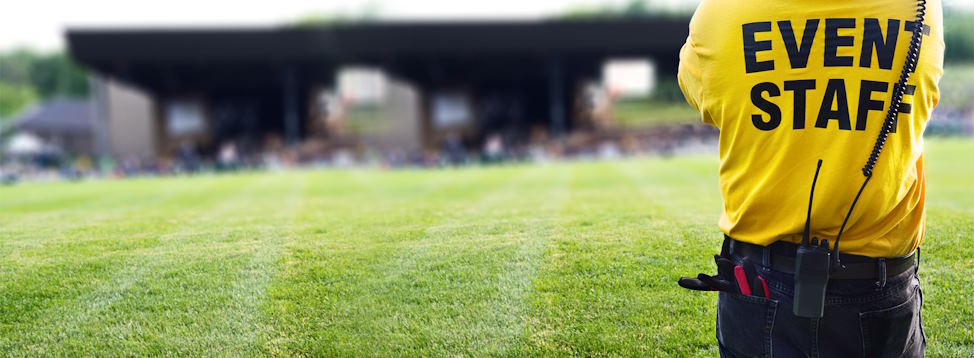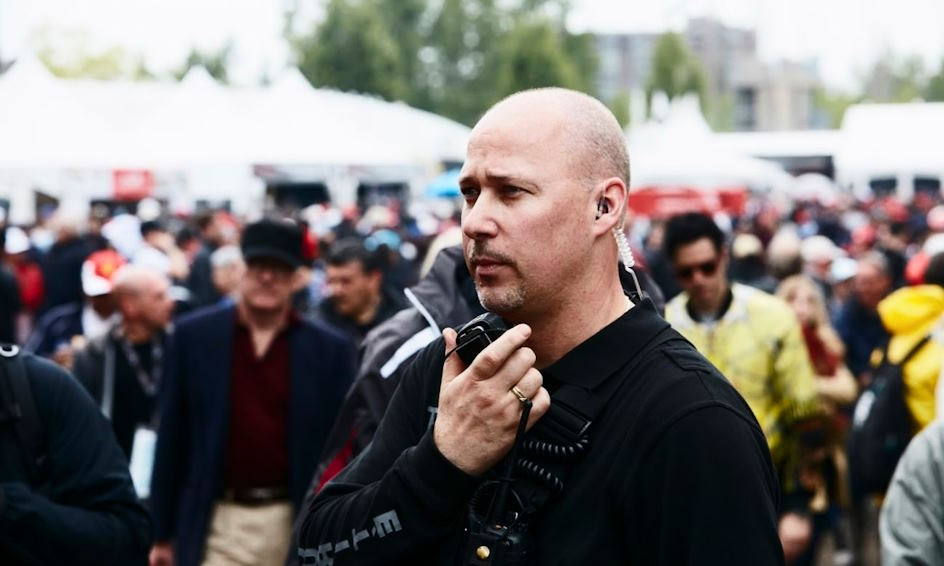Event Security: Ensuring Safety for Attendees and Staff

When attending an event, whether it’s a music festival, sporting event, or corporate conference, one expects an atmosphere that is enjoyable, engaging, and above all, safe. Behind the scenes, event organizers and security teams work tirelessly to create an environment that minimizes risks and protects both attendees and staff members. Event security has become an integral aspect of event planning, requiring a comprehensive approach that encompasses various measures and strategies.
Pre-Event Security Measures
Developing a comprehensive security plan:
One of the primary steps in ensuring event security is the development of a comprehensive security plan. This plan should outline the specific security measures to be implemented, including risk assessments, emergency response protocols, and communication strategies. By carefully analyzing potential risks and vulnerabilities, event organizers can create a tailored plan that addresses the unique needs of their event. This plan serves as a roadmap for the entire security team, ensuring that everyone is on the same page and prepared to handle any situation that may arise.
Collaborating with law enforcement and emergency services:
Collaboration with local law enforcement agencies and emergency services is essential for effective event security. Establishing strong relationships with these entities allows for seamless communication and coordination in case of emergencies or incidents. It is advisable to involve them in the planning process, seeking their expert advice and guidance. Their presence during the event can act as a deterrent to potential threats and provide immediate support in managing any security-related issues.
Conducting thorough background checks on staff and vendors:
The individuals working at an event, including staff members and vendors, play a critical role in maintaining security. Conducting thorough background checks on these individuals is vital to ensure that they have no criminal records or associations that could compromise the safety of attendees and other staff. This step helps to identify any potential risks and enables event organizers to make informed decisions about the individuals they hire or collaborate with.

Staff Training and Communication
Providing specific training for different roles:
Event security encompasses a wide range of responsibilities, from access control to emergency response. To maximize the effectiveness of the security team, it is crucial to provide specific training for different roles within the security staff. For example, personnel assigned to crowd management should receive training on de-escalation techniques and crowd control strategies, while those responsible for emergency response should undergo training in first aid, CPR, and evacuation procedures. Tailoring the training to the specific roles ensures that each member of the security team is equipped with the skills required to fulfill their duties effectively.
Establishing clear communication channels:
Effective communication is the backbone of any successful security operation. Establishing clear and reliable communication channels among the security personnel, event organizers, and relevant stakeholders is vital for swift and coordinated responses to incidents or emergencies. This includes the use of two-way radios, mobile phones, or other communication devices that allow real-time information sharing. Clear communication protocols and designated points of contact ensure that information flows efficiently, enabling prompt decision-making and ensuring that all parties are kept informed throughout the event.

Implementing Technological Solutions
Surveillance systems and CCTV monitoring:
In the digital age, surveillance systems and CCTV monitoring have become indispensable tools for event security. Strategically placed cameras provide comprehensive coverage of the event premises, allowing security personnel to monitor activities in real-time and identify potential security threats. The footage captured by these systems serves as valuable evidence in the event of an incident and aids in investigations. Advanced features such as facial recognition technology can further enhance security by flagging individuals with suspicious backgrounds or behavior.
Metal detectors and X-ray machines for bag checks:
To prevent unauthorized weapons or dangerous items from entering the event venue, the implementation of metal detectors and X-ray machines for bag checks is crucial. These technologies enable security personnel to quickly and efficiently screen attendees and their belongings, minimizing the risk of potential harm. Metal detectors detect metallic objects, while X-ray machines provide detailed scans of bags, identifying any concealed items that may pose a threat. These technologies act as a strong deterrent against individuals with malicious intentions and contribute to a safer event environment.
Biometric identification and access control systems:
Biometric identification and access control systems offer enhanced security and streamline the entry process for attendees. Technologies such as fingerprint or facial recognition can be integrated into access control systems, allowing for quick and accurate identification of authorized individuals. This reduces the risk of unauthorized access or ticket fraud. Biometric systems also provide a more efficient means of managing VIP areas or restricted sections, ensuring that only those with the appropriate credentials can enter. By leveraging biometric identification and access control systems, event organizers can strengthen security while improving the overall attendee experience.
